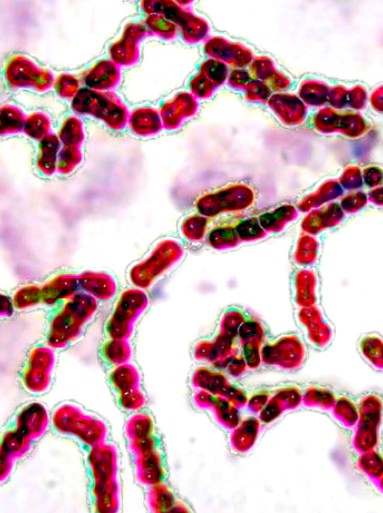Bacteria fuel launching in labs
 Researchers in the US are trying to use the special properties of bacteria to make jet fuel.
Researchers in the US are trying to use the special properties of bacteria to make jet fuel.
Engineers at Berkeley National Laboratory have found a way to generate an alternative jet fuel by harvesting an unusual carbon molecule produced by the metabolic process of bacteria commonly found in soil.
They wanted to synthesise a tricky molecule called ‘Jawsamycin’, which has the potential to produce a lot of energy.
Jawsamycin is named after the movie “Jaws” because of its bite-like indentations, and is created by the common bacteria streptomyces.
The jagged molecule is produced by native metabolism of the bacteria as they munch away on glucose. As they eat sugar or amino acids, they break them down and convert them into building blocks for carbon-to-carbon bonds.
The bacterial process has some interesting twists, which give the molecules explosive properties, incorporating cyclopropane rings - rings of three carbon atoms arranged in a triangular shape.
After careful analysis, the team determined that the enzymes that were responsible for the construction of these high-energy cyclopropane molecules were polyketide synthases.
They found that the fuel produced by the bacteria would work a lot like biodiesel.
It would need to be treated so that it could ignite at a lower temperature than the temperature needed to burn a fatty acid, but when ignited, it would be powerful enough to send a rocket into space.
The team of Department of Energy researchers who worked on the project are now looking to scale up this process so that their alternative fuel could actually be used in aircraft.
More details are accessible here.







 Print
Print